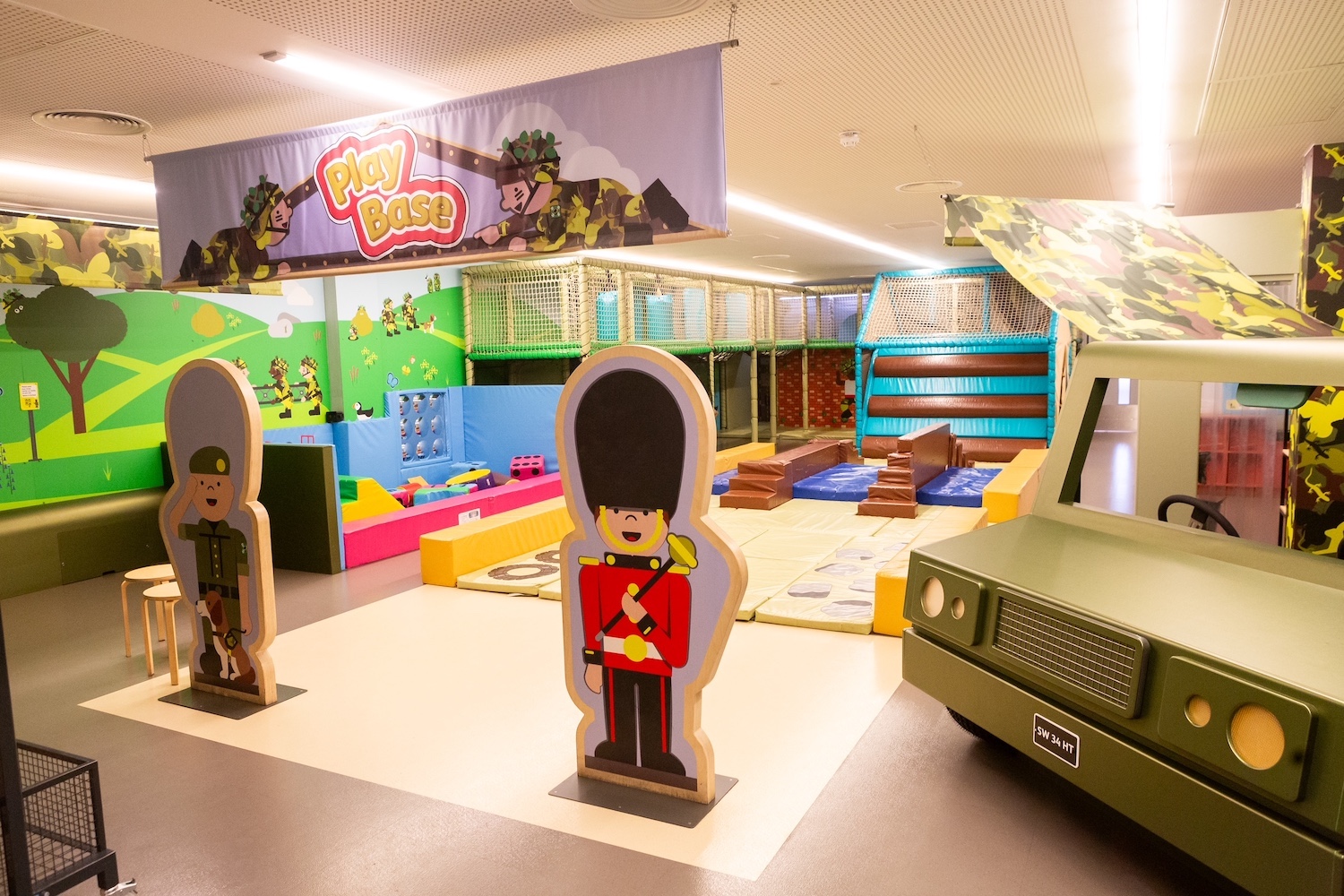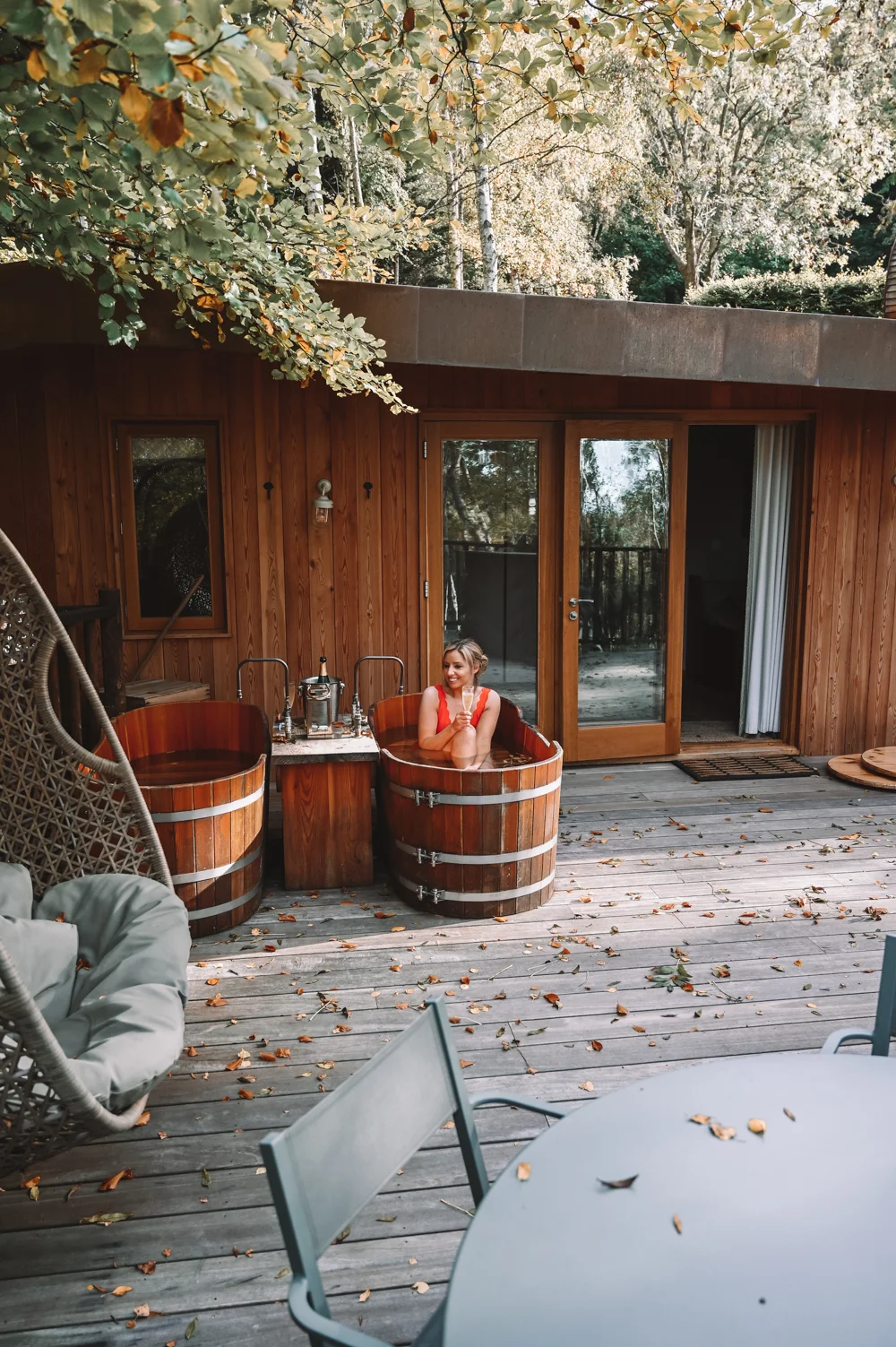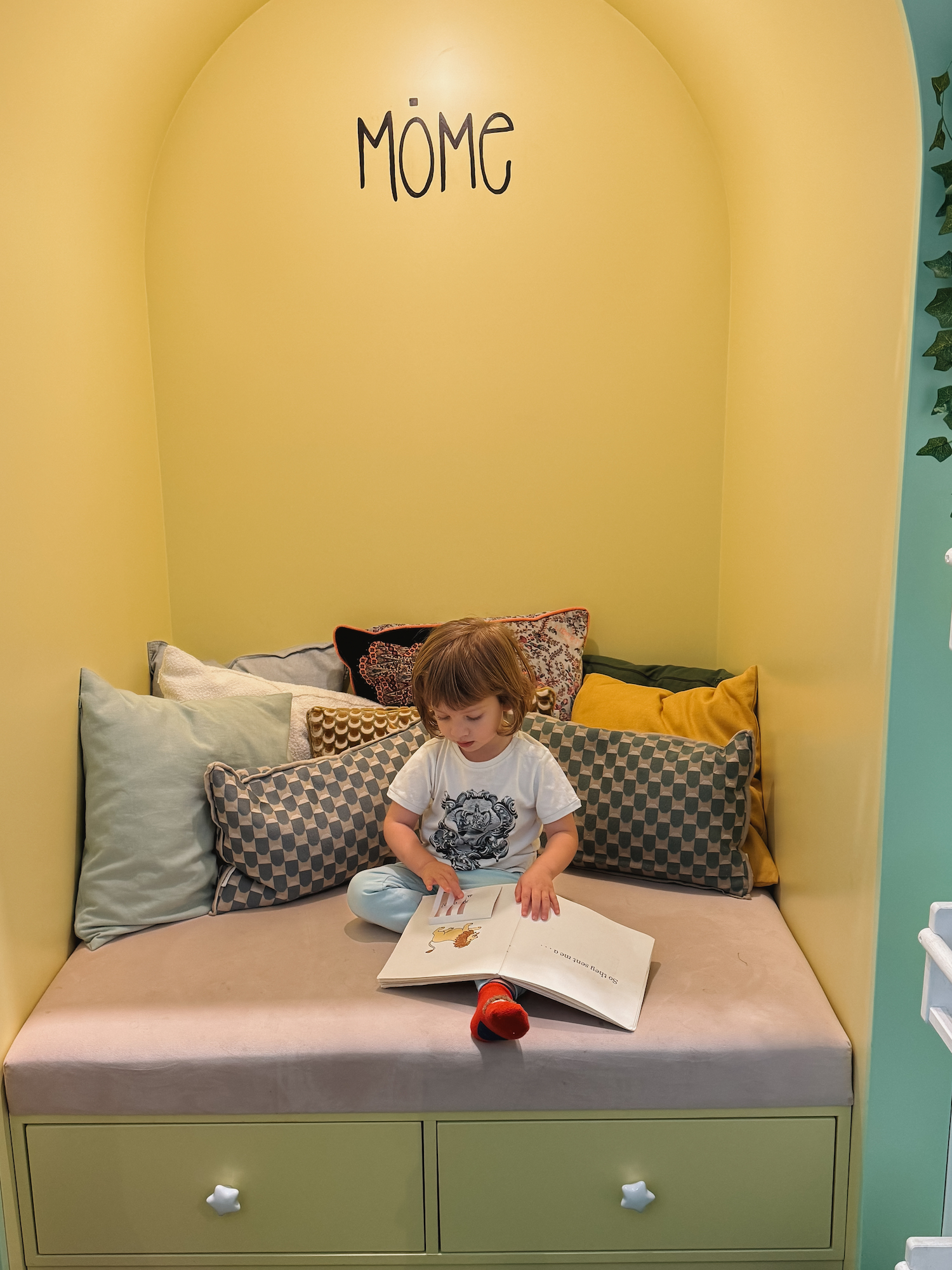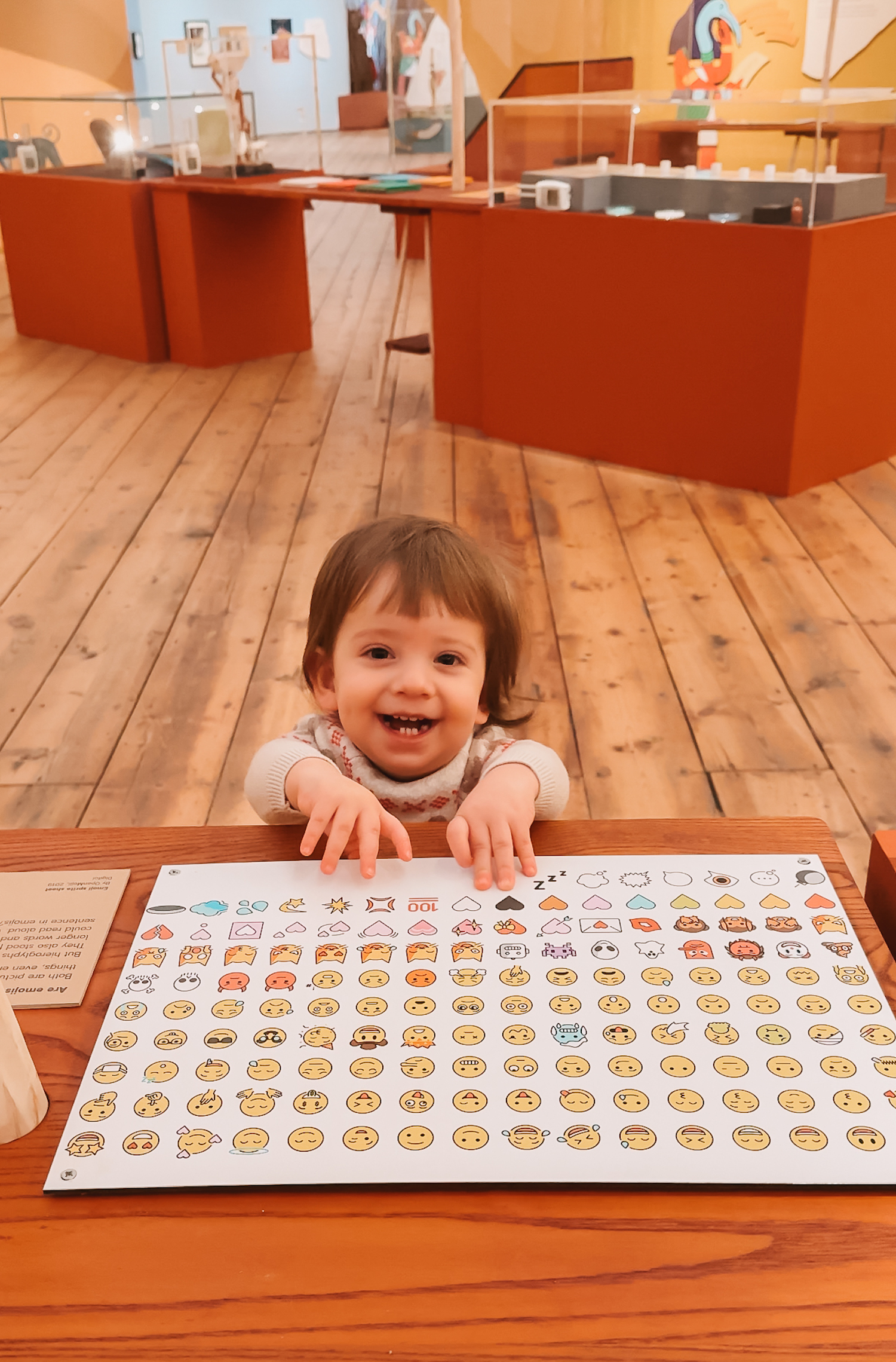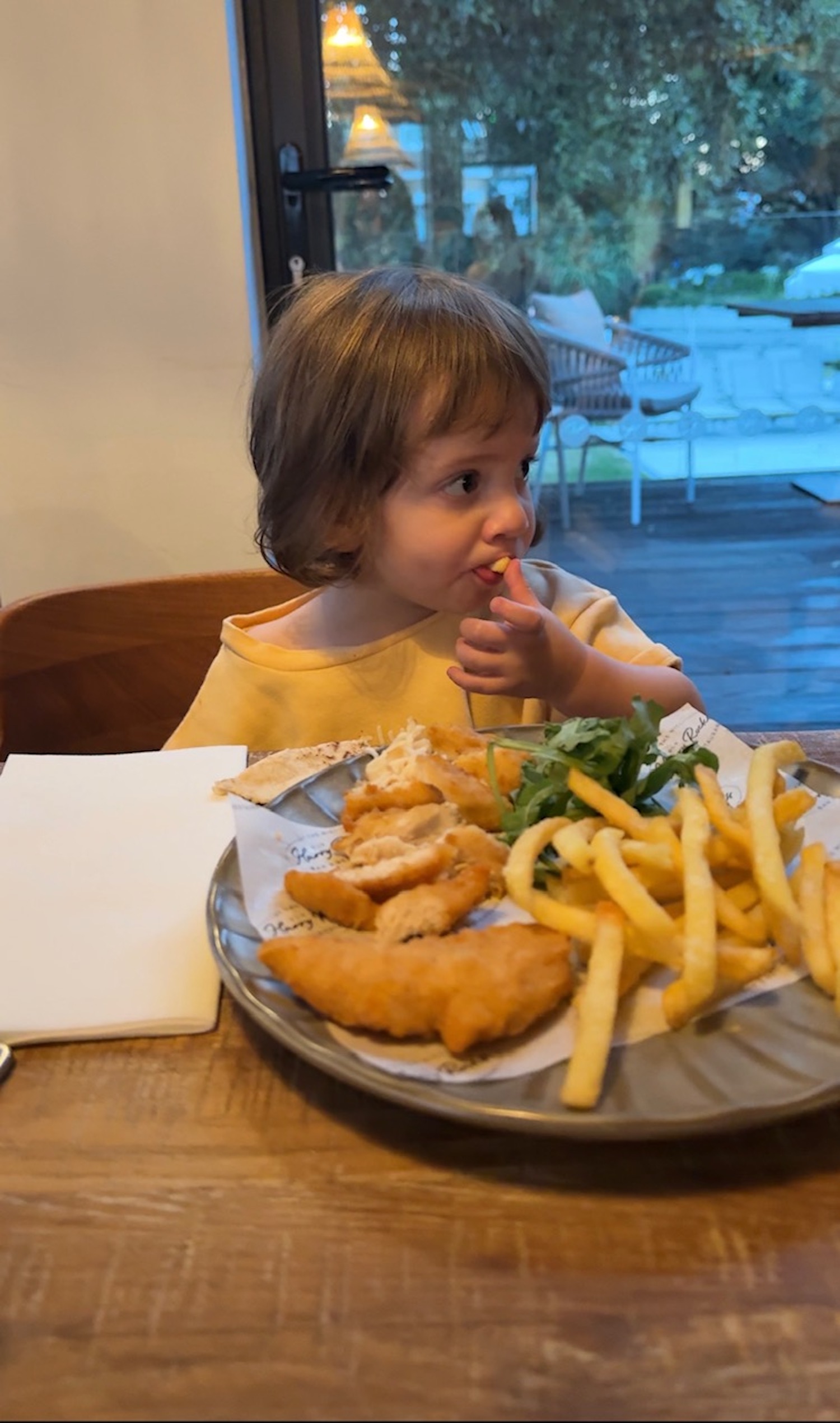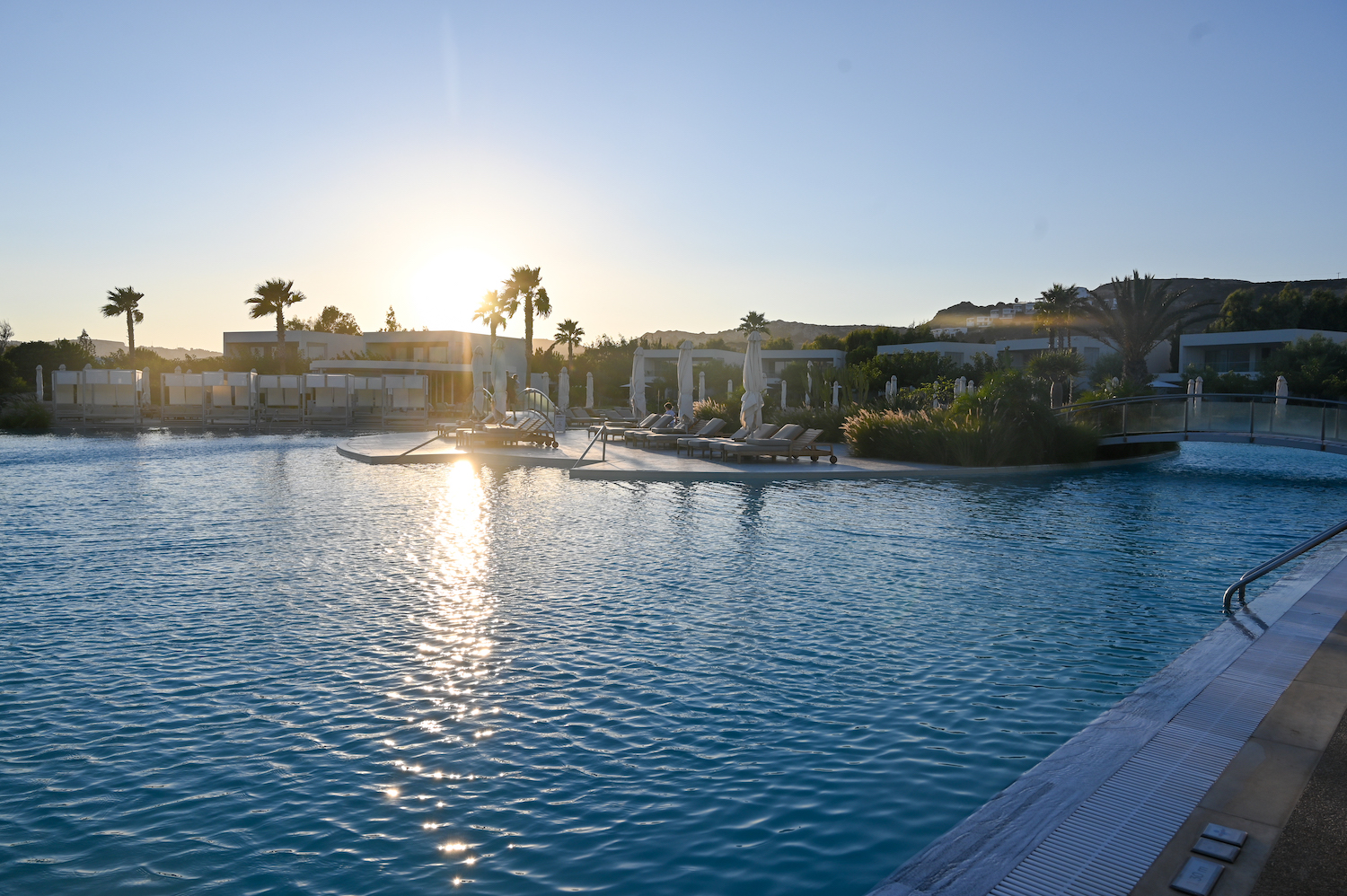History and art are intrinsically linked in the city of Berlin and there are fascinating nods to the city’s tumultuous past throughout. Though perhaps not the most beautiful city in the world, as a lover of history, Berlin has always fascinated me which is why I was so keen to visit and discover more about what made the city what it is today.

Being Jewish, the history of the Jews in Germany held particular interest to me and I was keen to find out how the city commemorates the troubled past. As part of my press trip to the city we were taken on a fantastic tour with Visit Berlin giving us the opportunity to uncover the contrasting sides of the city with a walk around the Mitte district.
We passed by Humboldt University of Berlin, one of Berlin’s oldest universities founded in 1811. Of particular interest to me was how the university was effected by the Nazi regime. In 1933 20,000 books by ‘degenerates’ or those that didn’t agree with the regime were taken to be burned. Opposite the university is a memorial to this demonstration.

A simple glass panel is the window to an underground white room with shelf space for the 20,000 volumes that were destroyed. A plaque with a quote from Heinrich Heine, a 19th Century German Jewish poet whose work was hated by the Nazis and destroyed in the blaze. His epigraph ‘This was but a prelude; where they burn books, they ultimately burn people’ was chillingly prophetic. During this period 250 Jewish professors and employees and students that opposed the nazis were ejected from the university.

A short walk from here is the Neue Wach, originally built as a guardhouse in 1816, the building now serves as the ‘Central Memorial of the Federal Republic of Germany for the Victims of War and Dictatorship.’ The sculpture by Käthe Kollwitz is know as Pietà ‘Mother and her Dead Son’ and expresses the ongoing tragedy of loss in both the First World War and Second World War. The hole in the ceiling known as an oculus means that the statue suffers through all sorts of weather much like those who died during the two wars. 
Near here is the Deutsches Historisches Museum (German History Museum), a comprehensive look a Germany’s past going right back to the middle ages, unfortunately our limited time meant we didn’t get a chance to visit but I did admire the striking spiral stair case at the entrance.
Signs of the city’s troubled past are everywhere as you walk through the city, such as walls pock-marked by bullets. 
And memorials to Holocaust victims unobtrusively sitting outside their former homes. 
The Alte National Gallerie of Berlin is home to one of the most important collections on 19th century paintings in Germany and is one of five museums forming UNESCO World Heritage site, Museum Island. Later I popped back to Museum Island and visited the Neues Museum to see the famous bust of Nefertiti, one of the most famous icons of the ancient world.

Opposite the gallery are the striking domes of Berliner Dom (Berlin Cathedral), Berlin’s largest Protestant church was completed in 1905 but closed due to damage during the Second World War. It reopened in 1993 following a restoration.

Crossing over the Spree River, I spied the Fernsehturm (TV tower) which is no surprise as it’s visible from almost every point in the city. At 368 metres high, it’s the tallest building in Germany and at the top is a revolving restaurant. 
One of the highlights of discovering Berlin for me was the street art, which is not only visually enticing but also provides a social commentary on Berlin’s history. One place that is just incredible rich and alive with graffiti is Rosenthaler Staβe near Hackescher Markt, a place where street artists are legally able to express themselves. 
It may seem like an ordinary and rather dilapidated courtyard but it has an important place in the history of Nazi Germany. A German man named Otto Weidt helped blind and deaf Jews escape deportation by employing them in his brush factory. There’s now a small museum dedicated to him. 
Pretty much every space on the wall is covered and there’s even work from celebrated artists such as the infamous Banksy and The London Police group. 


The piece that stood out for me was this portrait of Anne Frank, having read The Diary of Anne Frank as a young girl, I was fascinated by her life with two years spent in hiding during the Nazi occupation of the Netherlands. Urban realist artist, Jimmy C was bought to Berlin to paint her picture just outside the Anne Frank museum in order to attract people to visit. A real exemplification of the merger of modern art movements with the history of the city. 
Next to her is a portrait of a wide-eyed gorilla with a phone and camera, holding a mirror up to us bloggers living life behind a lens. Perhaps a reminder to put them down every now again and take in what’s truly around you.



Art and history comes together again at the Former Jewish Girls’ School. The school was inaugurated in 1930 but shut down in 1942 and used as a deportation centre by the Nazis. In 1950 it once again became a school but closed in 1996 with the collapse of the USSR due to the shortage of pupils. Left empty and in disrepair for a decade it reopened in 2006 and is now a space that pays homage to the past but also looks to the future as a creative space honouring art, history and gastronomy. The building how houses museums and galleries and two restaurants one of which, Pauly Saal, has a Michelin star.
With our tour ending, I headed off independently to see something that meant a lot to me. The Memorial to the Murdered Jews of Europe or The Holocaust Memorial commemorated the estimated six million Jews killed by the nazis in the Second World War.


The monument by American architect Peter Eisenmann is very awe-inspiring and is a five acre field of 2,711 concrete slabs of varying height. 

Walking through the slabs is rather haunting, particularly as they bear resemblance to grave stones. But it is the abstract nature of the design that makes it most thought-provoking and different people will see and experience it in different ways. 
A very short walk from the Holocaust Memorial is one of Berlin’s most famous landmarks. 
Construction of the Brandenburg Gate was completed in 1791 but it became infamous during the Cold War starting 1961, forming part of the Berlin Wall and symbol of the division between East and West Germany.

When the wall came down in 1989, the gate came to stand for German unity, a symbol of the city and for freedom.
The next morning after a hearty breakfast at Regent Berlin and a tour of Quartier 206, it was almost time to head home but I couldn’t leave Berlin without seeing one last important landmark.

The Berlin Wall was built in 1961, separating Soviet-run East Germany and West Germany that was allied with Britain, France and Germany. As East Germans realised they didn’t want to live under communist rule they began to defect to West Germany, the wall was built to prevent people from leaving. A wire fence went up over night but that was later replaced by concrete blocks, twelve feet high and four feet wide. 
During the 28 years that the wall stood, 5000 people tried to escape over or through the wall and around 200 people were killed trying. I’m old enough to remember when the wall came down in 1989 and people used hammers and picks to knock away at this structure that had divided the country for so long while bull dozers knocked down the sections. In 1990 the reunification of Germany became official.


I vividly remember watching on the news and seeing chunks of the wall peeled away and the emotional reaction from the crowd. 
Little is left of the wall today but the longest remaining section can be found along the Spree river and has been nicknamed the East Side Gallery. Now a symbol of freedom, this remaining section of wall is 1316 metres long and after the fall of the wall it was painted by 118 artists from 21 different countries.


Over 100 works of art adorn this side of the wall representing breaking free, changing times and hope for a better future. Admiring the art work I couldn’t believe that at one point an ‘Iron Curtain’ had once divided this city separating families, friends and loved ones.
My time in Berlin was over all too quickly but I had become fascinated by this city that had put a positive spin on a troubled past with artistic representations throughout. It was my first time visiting Berlin but I made a promise to myself that it definitely wouldn’t be my last.
PIN FOR LATER:

I was hosted by Regent Berlin and Visit Berlin for this trip

